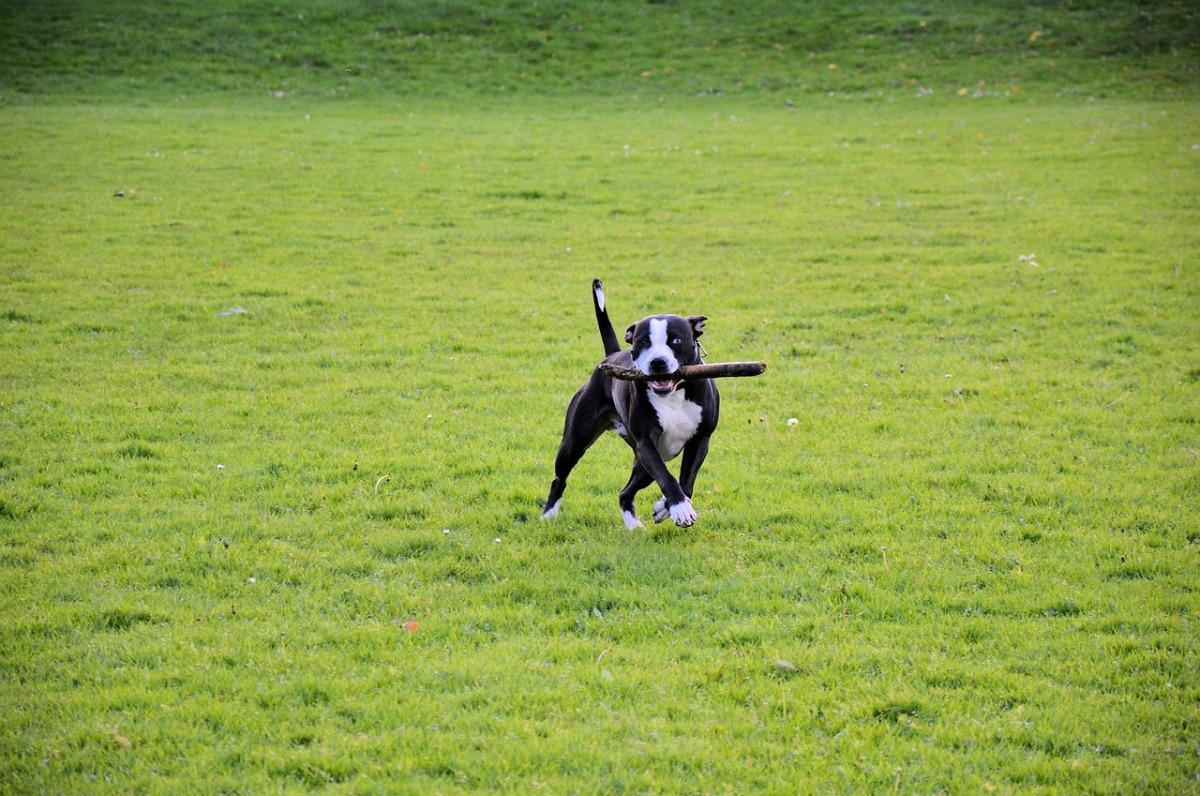How to Create a Pet-Friendly Yard

- posted: Jan. 25, 2020
By Jasmine Patel
A yard of any sort is an asset. It's a great place to enjoy sunny days and entertain friends. As long as they are maintained, they add beauty and functionality to your property. For many pet owners, having a yard is an absolute lifesaver. Here are our tips for creating a pet-friendly yard and getting the most from your outdoor space.
Start With the Basics
Every pet-friendly lawn should offer these four standard features:
A comfortable area where it's safe for your pet to play. In addition to being free from things that could hurt your pet, this area should also be free of items your pet can damage.
A barrier or enclosure to discourage your pet from leaving the play area. For a lot of people, this is accomplished with a physical or invisible fence.
A place to escape the sun and cold.
An effective system for managing waste. Leaving pet poop around the lawn is unattractive and unhealthy. The easier and more convenient it is to remove this waste, the better.
Define ‘Pet-Friendly’
Once you’ve got the basics down, it’s time to examine your pet’s specific needs and your own preferences. No two pets, pet owners, or living situations are exactly the same. A large family with two labradors is going to have different needs than a pug-loving single professional.
Think about what your pet likes to do most when they’re outside. If your dog is energetic and likes to play fetch, the grass you choose should be tough enough to stand up to heavy traffic. If you love letting your cat out for fresh air but hate that he or she digs up your garden, an outdoor litter box might be a great solution. The more you fine-tune your outdoor space, the more enjoyment you and your pet can get from it.
Dangerous Plants for Pets
Choosing the flowers, trees, and garden plants that best complement your property is one of the joys of having a yard. But many flowers and plants such as aloe and English ivy can pose serious health problems for the family pet. Planning before you plant is the most effective and least expensive way to avoid accidental poisoning. Here’s where your landscaper or your local plant store can help. In most cases, they will be able to suggest alternatives that will look just as good, without posing any danger to your animals.
Special Concerns for Cold Climates
In Pennsylvania, where chilling temperatures are common for a few months out of the year, time outdoors with a pet feels extra precious. Those long winters can be deadly to pets if you don't take the proper precautions. For some smaller dogs, temperatures as seemingly mild as 40 degrees Fahrenheit can be cause for concern.
Large dogs with thick coats like Huskies might prefer cold temperatures. But, even the hardiest of breeds will need adequate shelter once temperatures dip into the teens and single digits. Pennsylvania Januarys and Februarys can get downright frigid, so even those with a sturdy doghouse should consider letting outside dogs come in at night.
Those snow-loving dogs will be downright miserable in July and August, without appropriate shelter. (Yes, dogs can get sunburned.) Our pets spend their whole lives loving us and keeping us company. When the coldest and hottest days hit, return the favor by making sure your furry friends are safe and comfortable!
A former veterinarian’s assistant, Jasmine Patel, has parlayed a love of animals into a career of advocating for and writing about her furry friends.
This blog brought to you by the Patton Veterinary Hospital serving York, Red Lion and the surrounding communities.
Location
Patton Veterinary Hospital
425 E Broadway
Red Lion, PA 17356
